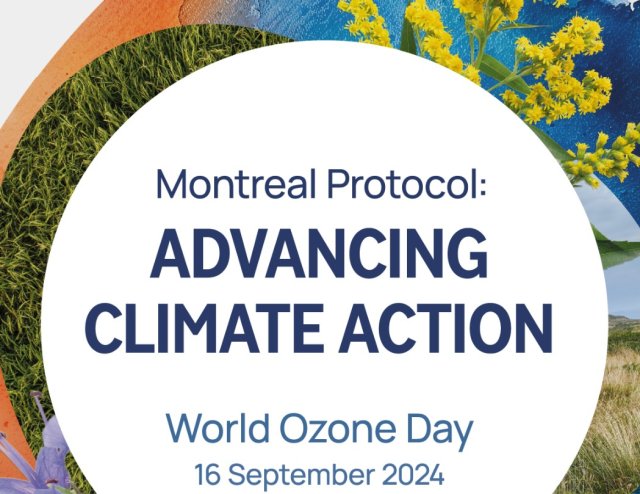World Ozone Day 2024: Advancing Climate Action
ORANJESTAD - On September 16, the world celebrates the commitment made by countries in 1987 when they adopted the Montreal Protocol, addressing substances that deplete the ozone layer, such as Ozone-Depleting Substances (ODS) and Chlorofluorocarbons (CFCs).
It is crucial to stop the production and use of products that severely damage the ozone layer to achieve this goal.
The theme for World Ozone Day (WOD) 2024 is "Advancing Climate Action," established within the Montreal Protocol. This theme highlights the critical role the Montreal Protocol plays not only in the restoration of the ozone layer but also in mitigating climate change. It serves as a reminder of our collective responsibility to continue intensifying efforts to combat climate change.
The ozone layer is a fragile layer in the stratosphere that protects the world from harmful ultraviolet radiation from the sun, thus helping preserve life on the planet. Eliminating chemical substances that deplete the ozone layer helps protect it for future generations. By doing so, we can discuss reducing direct and indirect emissions of gases that heat our planet, contributing to climate action goals, and building a sustainable future for all.
The ultimate goal is to eliminate harmful substances based on scientific knowledge and technological information. This involves various groups of substances that deplete the ozone layer. These chemical groups are classified in an annex list in the Montreal Protocol. The protocol requires control over nearly 100 chemical substances across different categories. For each group of substances listed in the annex, the treaty has set a timeline for phasing out the production and consumption of these substances, aiming for their complete elimination eventually.
WOD offers an opportunity to reflect on past achievements, current efforts, and future implementation of the Montreal Protocol and the Kigali Amendment. This annual celebration raises public awareness about the importance of this multilateral environmental agreement. It serves as a chance to engage the public in understanding "what the Montreal Protocol entails" and encourages long-term dialogue.
Together, we are making progress, and thanks to the collective efforts of the United Nations (UN), the secretariat dealing with ozone issues, governments, industries, and civil society, we have come so far that the ozone layer is in good condition, but we must continue to protect it!

